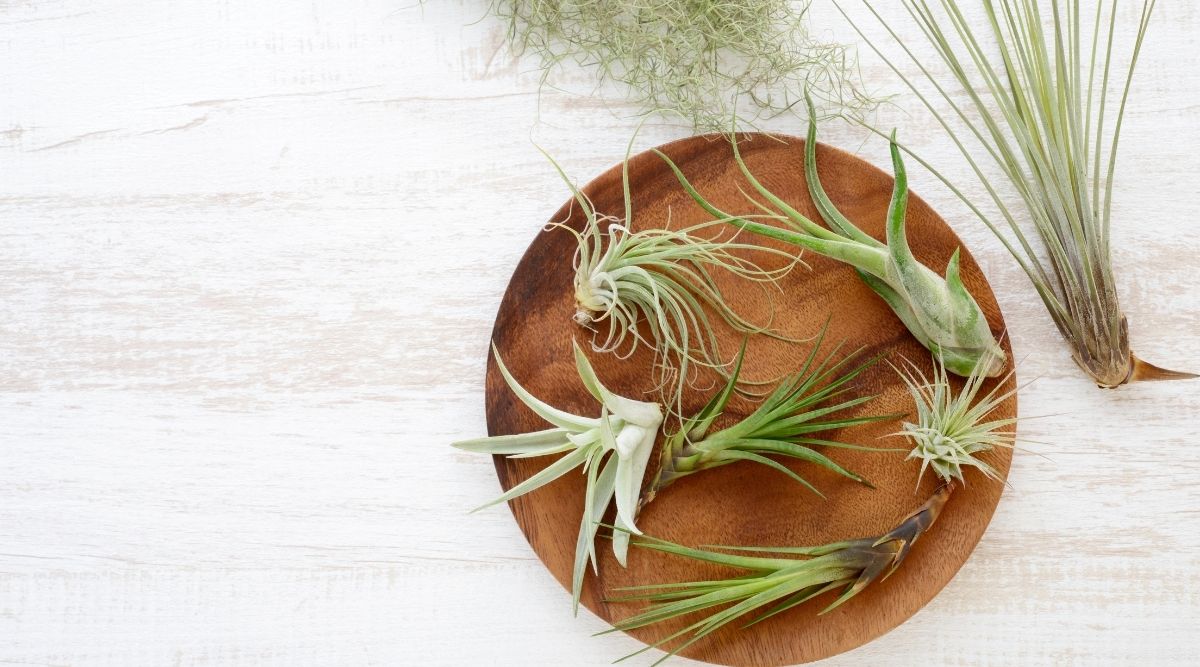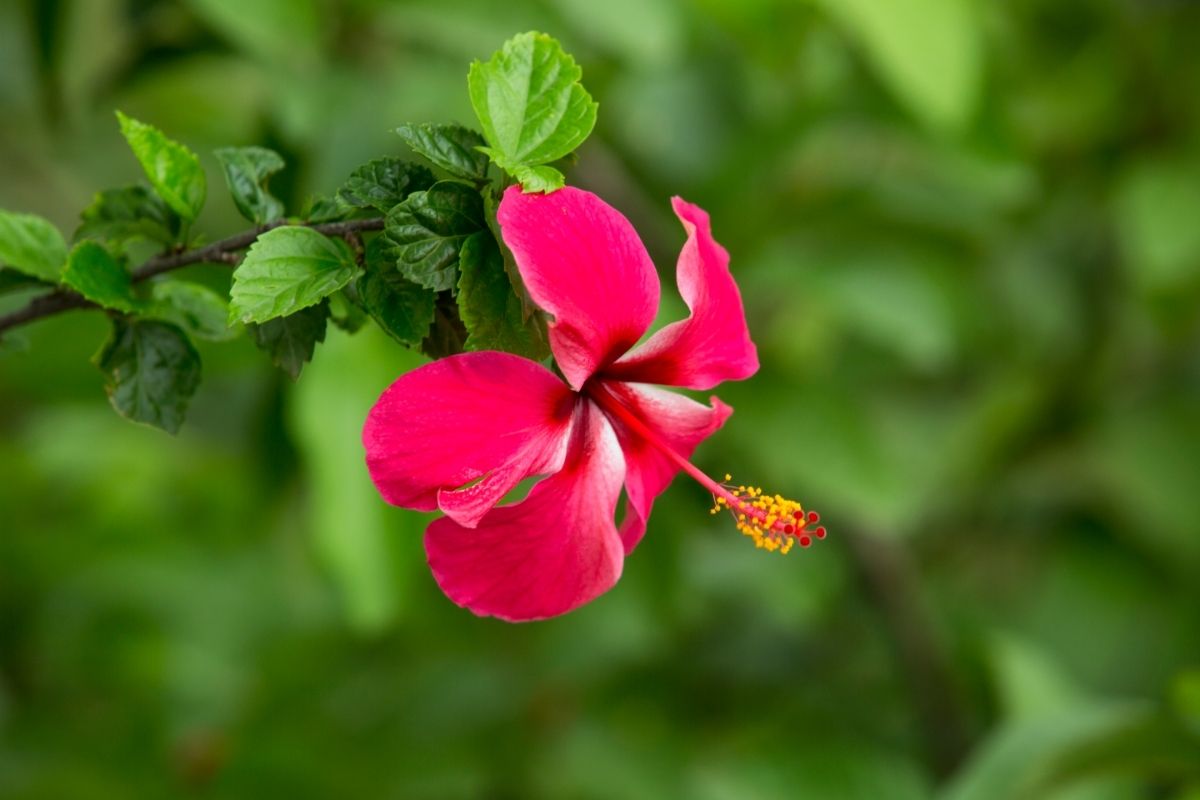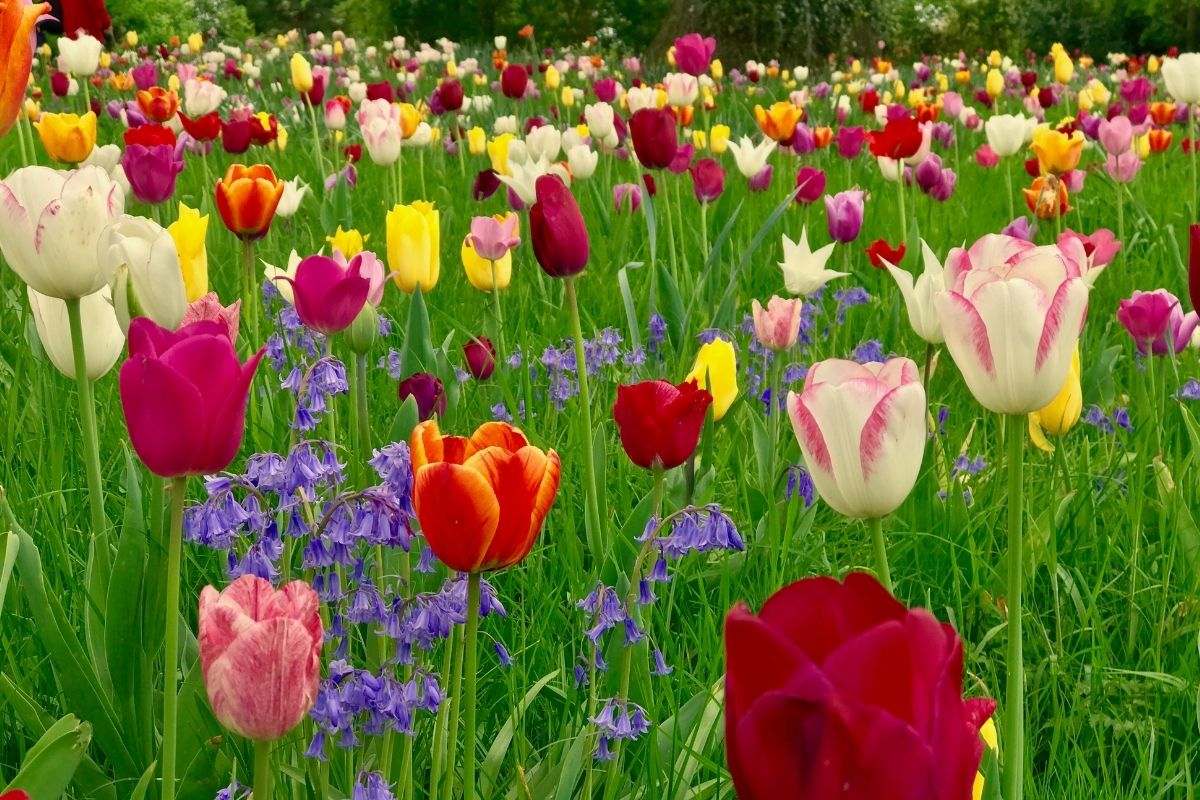Lavender: Aside from making a beautiful addition to any outdoor space, this beautiful plant also has a fascinating range of practical uses. From aromatherapy and stress relief to inflammation treatment and air freshener, lavender is one of the world’s most popular and useful plants.
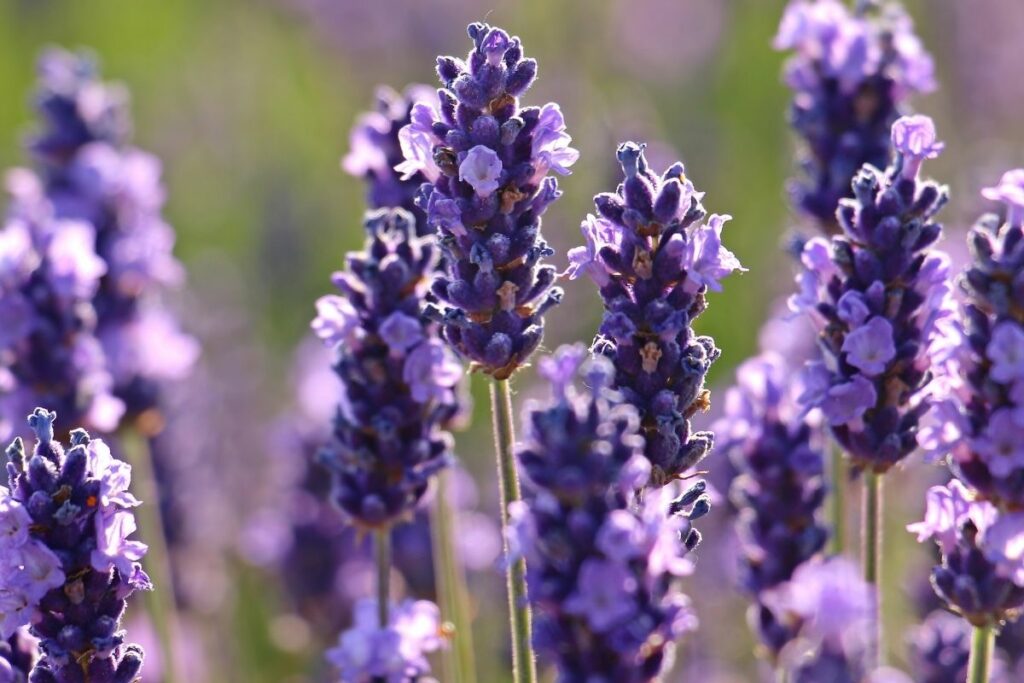
If you’re thinking of growing lavender yourself, you’ll need the right conditions, time and patience. Are you wondering whether lavender can grow in the shade? Click here to find out, and learn everything you need to know before growing your own.
What Is Lavender?
Lavender, or Lavendula, is a genus of around 47 species of flowering plants from the mint family. Lavender can be found in many places, including Europe and eastern Africa, to Cape Verde, and the Mediterranean.
This evergreen plant is famous for its beautiful purple blooms and distinctive aroma. Lavender has a delicate smell that can be described as woodsy, herbal, and even smoky at the same time.
Can Lavender Grow In The Shade?
The short answer is no; most lavender plants cannot thrive in the shade.
Lavender is a Mediterranean plant – even if not geographically, its needs have adapted to suit the Mediterranean climate. Most lavender plants will thrive in full sun, with well-drained soil that’s neutral to alkaline. Although lavender can cope well in a drought, it may suffer if exposed to wet and heavy soils for prolonged periods.
However, some more tolerant species of Lavender can cope well in shady spots. If you only have a shaded space free in your yard or garden, you could plant one of the following species:
- Hidcote
- Grosso
- English lavender
- French lavender
- French lace lavender
- Spanish lavender
Although these species are more ‘tolerant’ and can be planted in the shade, they won’t grow as vigorously as they would with total sun exposure. If you want your lavender plants to grow taller and larger, it’s always best to plant them in the sun, whatever the species. Extreme exposure to shade can severely impede the growth rate and flowering of lavender.
How To Grow Lavender In Shade
If you have a choice of a few locations for your lavender plant, you should choose the one with the most sun exposure as possible. Although your lavender will probably still grow in the shade, it’s more susceptible to root rot and stunted growth.
When your lavender plant gets an inadequate supply of sunlight, its soil will struggle to dry. For this reason, if you’re planting lavender in the shade, you should always use quick-draining soil and only water your lavender in the morning to prevent a build-up of excess water from occurring.
Tolerant Species: What You Need To Know
Earlier, we mentioned a few hardier species of lavender that may be more suitable for shady conditions. So before you choose your lavender plant, let us walk you through everything you need to know about the most tolerant species of lavender.
Hidcote
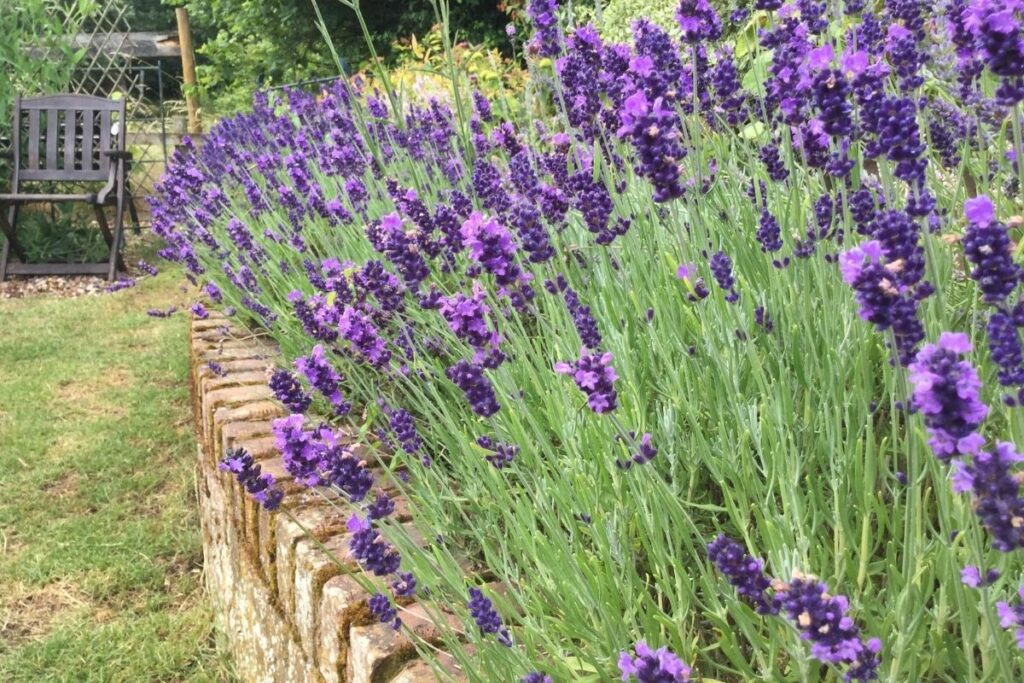
Hidcote, or Lavandula angustifolia, is one of the most popular species of lavender. In fact, this plant is one of the most popular species to grow in the UK climate, as it’s adaptable and hardy, even in the North.
This species will grow up to 50m tall, and it has a long-lasting, pleasant scent. Although this lavender is hardy and adaptable, it will flourish more in full sunlight.
Grosso
Lavender Grosso can grow up to 90cm tall and boasts an aromatic scent with grey-green foliage. It requires well-drained, alkaline soil and flowers in June, July, August, and September. Although it can survive in the shade, it may wilt more and be more prone to root rot.
French Lavender
French lavender, or Lavandula stoechas, is an aromatic shrub that can grow between 20-40 inches in height. It flowers from June to August, and it grows best when planted in the fall. French lavender can grow in the shade. However, it does best when it’s not too dark. If you can plant your lavender somewhere with the occasional burst of light, it will grow better.
French Lace Lavender
French lace lavender, or Fernleaf lavender, is an aromatic species of lavender that grows between 2 to 5 feet tall. This lavender does best in semi-shady areas and moderate watering. French lace lavender is likely to grow the best out of all the species, even in the shade.
How Long Does Lavender Take To Grow?
If you’re planting your new lavender from a seed, it can take anywhere from between 90 to 200 days to reach full maturity.
The height your lavender plant reaches will depend on the species you’ve planted, and the growing conditions. If you’re planting your lavender in the shade, it can take longer to reach full maturity.
Seeds often have a quicker germination time than cuttings. Seed germination time can be as quick as two weeks; cuttings should root after two weeks. However, their growth may not occur for a few months.
For the quickest germination times, you should plant your seeds in soil temperatures of around 65 degrees for the quickest germination times. With this heat, germination can take between 10-14 days.
Remember: although some species of lavender can grow in the shade, sunlight and dry conditions are optimal. For example, if a lavender plant receives less than six hours of sun in its growing season, you can expect it to produce fewer flowers and grow slower. If you’re not careful, this can kill your lavender.
Final Thoughts
Lavender has a rich history, going back as far as 2500 years. This plant is known for its beauty, fragrance, and abundance of uses.
Not only can lavender add a burst of color to your yard or garden, but it can also serve practical purposes in your home, from a scent booster to an anti-anxiety treatment or even to improve your sleep.
If you only have a shady space to plant your lavender, all hope is not lost. However, your plant won’t grow as large as it would in the shade, some species can still grow and survive. However, for best results, always plant your lavender in the sunlight.
- Best Hanging Plant For Low Light - September 4, 2023
- Best Indoor Plants Florida - August 28, 2023
- Best Plants For Bathroom Smells - August 21, 2023






